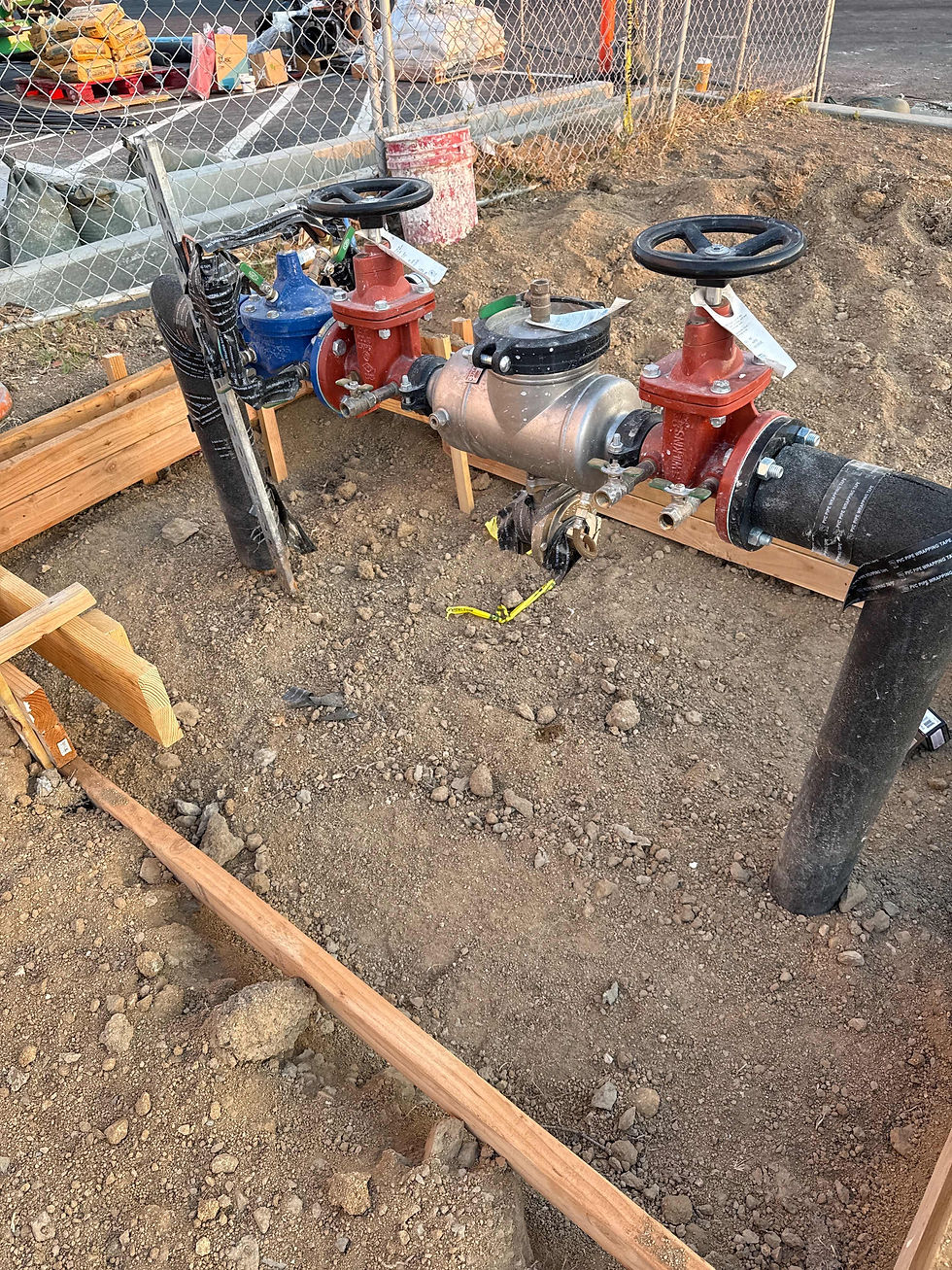What is a Cross Connection in Backflow Assembly?
- bill57931
- May 27, 2025
- 2 min read

When it comes to water safety and ensuring the integrity of a municipal water supply, cross connections play a significant role in preventing contamination. A cross connection is any actual or potential connection between a potable (drinkable) water supply and a source of contamination or pollution.
These connections can lead to backflow, which occurs when water flows in the reverse direction, potentially introducing harmful substances into the clean water supply. This is why backflow testing Long Beach is essential for protecting both public health and property.
The Role of Backflow Assemblies
Backflow assemblies are devices specifically designed to prevent contaminated water from flowing back into the public water system. They are a critical component in mitigating the risks associated with cross connections. Common examples of cross connections include garden hoses submerged in pools, irrigation systems, or industrial equipment connected to water lines.
Without the proper backflow prevention device in place, hazardous substances like fertilizers, pesticides, or chemicals could enter the drinking water supply.To ensure these systems function correctly, regular backflow testing Long Beach is required.
Testing verifies that the backflow preventer is operating as intended and effectively protecting the public water system from contamination. This is especially important in areas like Long Beach, where residential, commercial, and industrial properties all rely on clean, safe water.
Why Are Cross Connections Dangerous?
Cross connections pose a significant risk because they can occur in many everyday situations. For instance, if the pressure in the water supply system drops suddenly—such as during firefighting or a water main break—contaminated water can be siphoned back through the cross connection and into the clean water system. This is known as back-siphonage.
Alternatively, back pressure can occur when the pressure in a connected system is higher than the pressure in the potable water supply, forcing pollutants into the clean water.Regular backflow testing Long Beach ensures that backflow assemblies are functioning correctly, safeguarding against these risks. Property owners are typically required by law to have their backflow prevention devices tested annually by certified professionals.
The Importance of Backflow Testing in Long Beach
In Long Beach, backflow testing is not just a recommendation—it’s a necessity. Local water authorities mandate testing to protect the water supply from contamination. Certified technicians perform these tests to ensure compliance with regulations and to maintain the safety of the community’s drinking water.
By scheduling regular backflow testing Long Beach, property owners can stay compliant with local laws, protect their water supply, and prevent costly repairs or fines due to system failures. The process is straightforward, and the peace of mind it provides is invaluable.
Conclusion
Cross connections and backflow issues are serious concerns that can compromise the safety of a water supply. With the proper backflow assemblies and regular backflow testing Long Beach, you can ensure that your property is contributing to a safe and clean water system. Protect your water, comply with local regulations, and maintain your peace of mind by prioritizing this crucial maintenance task.







Comments